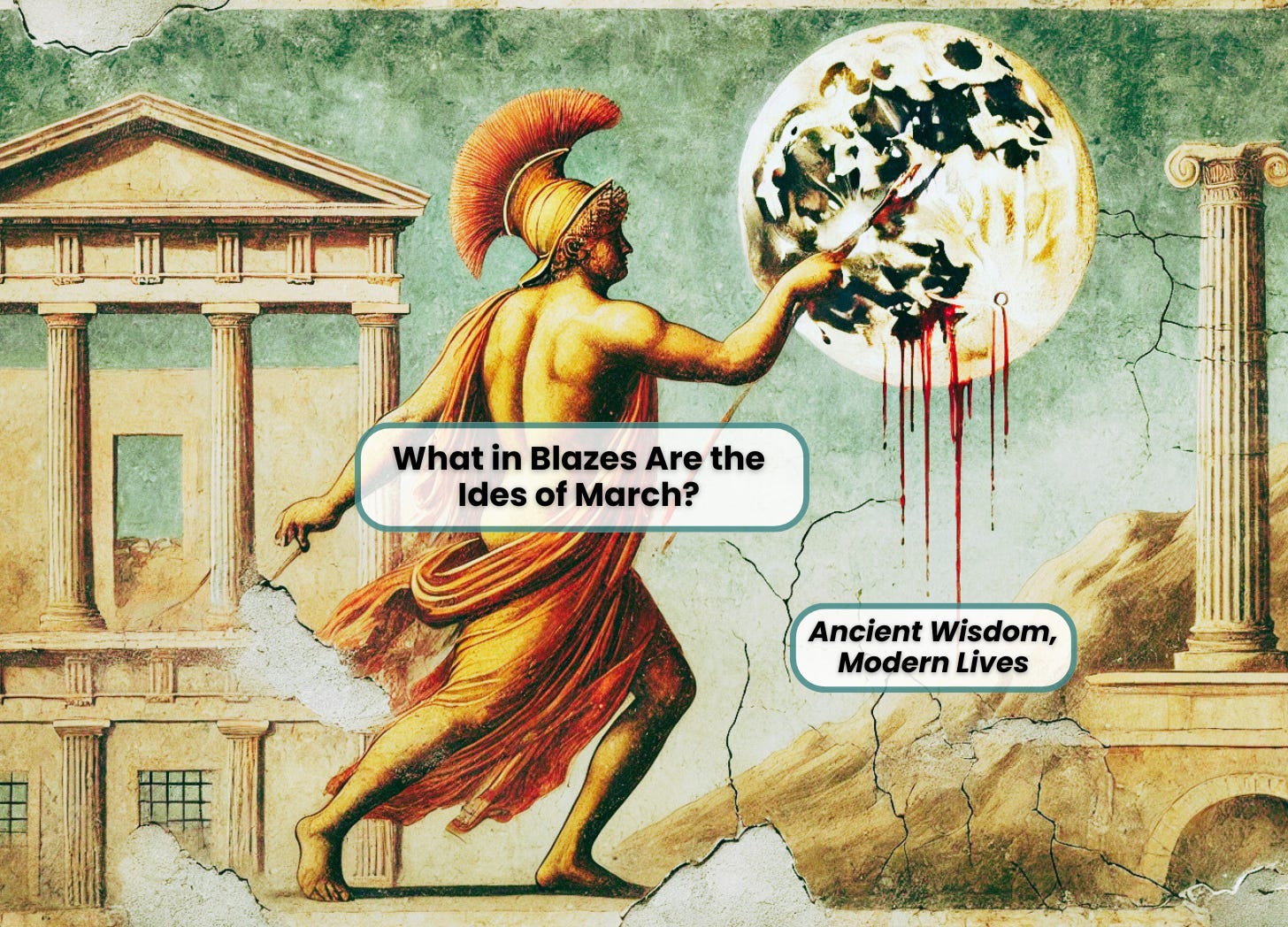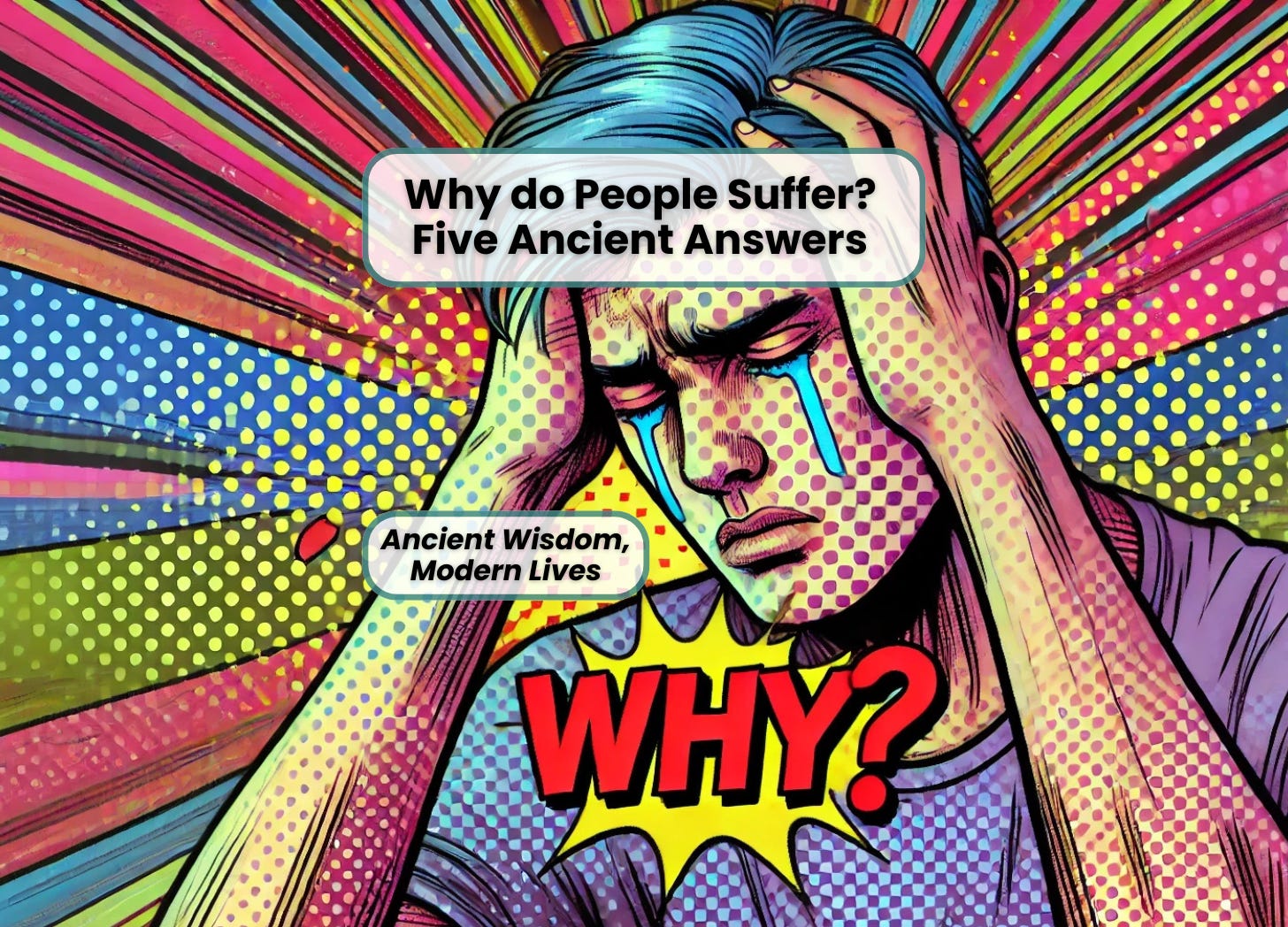Coming Soon: The Isaiah Translation Challenge
JoelMHoffman
October 7, 2014
announcements translation challenge translation practice translation theory
13
Translators and poets, get ready!
Now that I’ve submitted my second book manuscript to St. Martin’s Press, I’m looking forward to spending more time here. As part of my return, in the next little while I’m going to announce a project to translate Isaiah 54 collectively. Some of the most moving words ever penned, in my opinion, translations unfortunately run from banal to barely intelligible.
So get ready. Take a look at the text. Start studying the words. Familiarize yourself with the imagery. And think about the best way to convey Isaiah’s message in English.
I’ll post details here soon.






13 Responses
Since 2001 whenever I have sought God in desperation for answers, mired grief, struggling with depression or any “dark night of the soul” experience, I am always drawn straight to Isaiah 54. Often I’d pick up any bible anywhere and open directly to it. For many years I searched commentaries and bible helps for better understanding. During a ministers in training course we picked scriptures out of a hat to write our sermons. I (of course) picked Is 54. As you’ve stated, scarcely a mention. I’ve learned that I’ve had to live the message He has given in Is 54…slowly revealed. I am really looking forward to this work of yours!
Enjoy your day! Kim Sent from my iPhone
>
Can anyone join in these festivities?
Absolutely! That’s the point.
Brilliant. I’ve needed an excuse to get back into translating the Hebrew Bible as of late. Charles, 24 years of age, Master of Arts in Biblical Languages, at your service…
Great. Welcome.
My hope is that we’ll also get some poets to help craft beautiful English.
I am (or was; I’ve not written for a while) a published poet. But I don’t know Hebrew. I’ll be very interested to see this unfold.
Nice to see you posting again. And thanks for this. I have put up the music for Isaiah-54 here. The music is an interpretation of the te’amim according to the rules inferred by Suzanne Haik-Vantoura in the middle of the last century. I have written a program to interpret the text and transcribe it automatically.
Note that “barren” is being addressed. Wisdom or spiritual truth, being the supreme or only goal of the spiritual path, is always the subject of scripture. No matter which age of our past or what part of the planet scripture comes from, wisdom is always the topic. The OT can have a woman representing wisdom be long barren, or as here can be addressed directly as barren. The metaphor/allegory was later updated to use virginity to represent wisdom.
In some ways it seems difficult to bring forth our spiritual nature, thus we have the scriptural references to “travailing in birth.” (The whole born again metaphor) We are also told that, “few there be that find that path.” And of course the allegorical journey out of Egypt to the Promised Land was fraught with peril and setbacks. But other perspectives are also possible, “My yoke is easy, my burden is light.” Compared to our material lives when we see how things really are, we understand that the spiritual path actually is the easy path.
Another spiritual tradition encoded this lesson in a scripture that is now referred to as myth. Medusa, our material lives, is extremely attractive to men (“men” meaning humanity, men and women). Wisdom, in this scripture is personified as Athena (a virgin) and she reveals the true nature of Medusa to those that seek wisdom. Medusa is made ugly and her hair becomes serpents. Hair and serpents having the same meanings in that ancient Greek scripture as they have in the Judeo-Christian tradition. Hair is the glory of a woman, woman generally representing the emotional or desiring part of our nature, hair represents that. Serpents are seemingly our deepest or most basic instincts, a more precise meaning of “hair” still eludes me.
The writer here or the writers elsewhere in the Bible are in no way confused or deluded, they do not think a wisdom goddess or personality exists in any material way. Wisdom exists like math exists. Or perhaps a poet in our times might lament, “O’ Health Care and thy sister Education, when will this greedy and secular nation ever respect thee.” We would not think for a moment that the poet thought he was referring to an actual being. If we think Biblical writers thought they were referring to actual beings when they represent parts or our mind or other concepts as beings, we reveal our own ignorance. It is to drink the Kool-Aid of those that would have us believe that people in Biblical times were somehow more primitive than people in our technological times. Their knowledge of spiritual truth and the much lesser science of psychology was far superior to what is generally understood today.
The reference in verse 9 to a flood never coming again, likely should not be interpreted to mean that no future person will experience what “flood” represents. Rather it almost certainly means that, on the spiritual path, once the “flood” is undergone, you will never have to go through that experience again. If you attempt match up all the various allegories of the spiritual path, I think Noah’s flood, lines up with the harrowing passage out of Egypt through the Red Sea by Israel. In the gospel it must be the baptism of Jesus. In the Elijah/Elisha allegory it is crossing (the first time) the Jordan on the dry riverbed. I don’t understand yet what that second crossing immediately after Elijah’s ascent means. I doubt that it was just getting him back on the correct side of the river.
John the Baptist representing the time just before spiritual awakening is achieved, talks of making the paths of the Lord straight and I think there are other biblical references to hills and valleys being transformed into a level pathway. Perhaps in verse 10 where the mountains will depart is allegorically the part of the spiritual path where awakening will occur.
The last verse in this chapter talks about a mature spiritual mind in terms similar to those found elsewhere in the Judeo-Christian tradition. “No weapon that is formed against thee ….” In the gospels it is said of those that are spiritually mature, “They shall take up serpents; and if they drink any deadly thing, it shall not hurt them….” Serpents I already mentioned are our most basic material instincts. Alive and dead in the Bible are almost always in terms of being spiritually alive. Drinking a deadly thing should be easy to grasp in a general sense, perhaps more precisely it is a reference to allowing yourself to entertain a worldly or materialistic sort of consciousness for a while.
In a strong clue that the Bible is allegory, a gospel writer has Jesus say, “Let the dead bury the dead.” Unless zombies are being talked about the dead cannot bury the dead. Those capable of seeing the hidden meaning in the Bible are meant to recognize that “dead” in that saying is used in two different ways. Namely, the spiritually dead and the physically dead. From that you should go on to ponder if other terms in the Bible have two meanings. And indeed that is true throughout the entire Bible including scripture that did not become part of the canon. Of course, “Let the dead bury the dead” is hardly the only place that we are told that scripture is allegory. Paul spells it out pretty plainly at least once (“for oxen or for our sakes”) and another place in the gospels Jesus is made to say that all of the words given to the rest are like the parables. A pretty strong clue that the entirety of scripture is allegory.
I don’t speak a word of Hebrew or Greek, so I can’t be part of any translation effort, but just as someone that understands mathematics might see where someone translating a mathematical text has probably erred, those with some spiritual understanding can sometimes do better than those that are very technically proficient translators of the Bible.
Today is the first time I have ever seen this chapter, so there has been no studying of it or reflecting upon it. This is just off the cuff. But overall it seems to be a representation of the spiritual path. This occurs many times in many ways in the Bible. Usually a particular portion of the path is emphasized and lessons about it given, while the other part is vastly abbreviated, just mentioned enough so you can find your place in the overall spiritual path and recognize which portion of the path is being talked about. (for an allegory seemingly covering the entirety of the spiritual path, but in a very abbreviated way, see “The Hymn of the Pearl.”)
Many lessons are simply worded in different ways in different places seemingly in the hope that one of the wordings will be the one which will somehow open the eyes of a spiritual seeker. This chapter seems to be an example of that, a very brief allegorical summary of the spiritual path, in words a little different than other places, perhaps to give a seeker one more chance to understand. Another possibility is to use various terms in their proper context as a way to teach their meanings to the spiritual seekers.
I haven’t read this chapter before or much else of Isaiah so if additional meaning is to be had by understanding the context of what is before or after this chapter, I will have missed that.
Good luck in your translation efforts, I hope all of you will give some consideration the intended purpose of the chapter and not just focus on being technically precise with the literal meaning. Whatever you do don’t get rid of any elements that have allegorical meaning and that is just about every noun or verb in any passage.
I can perhaps help out. I know Mystic imagery pretty well.
The only Hebrew I know, unfortunately, is Dr. Hoffman!
But I’ll be looking forward to following the process.
Soon? 6 weeks later and in my preparation for your exercise I have translated afresh Lamentations 1 and Isaiah 53-55 and posted a bunch of other stuff on my method this month (links on my blog). Where is my critic? Where is the discussion? Does spring come before winter or do I wait for the eschaton? 🙂
A little patience, please. The text has been around for over 2,000 years. What’s a few more weeks in comparison? 🙂
(Various speaking events have kept me on the road almost non-stop since Halloween. But I do plan to turn to this after Thanksgiving.)
[…] the fall I promised an “Isaiah translation challenge” — a collective approach to understanding and […]